Issue #8: Blueprints for the Future: Regenerative Architecture Revolution by Daniela Luján, architect
Today’s submission is brought to you by Daniela Luján who is a regenerative development strategist and an active member of Regenesis Group community “The Regenerates” since 2020, deeply engaged in guiding systemic change within community development and purpose-driven projects since 2014. Trained as an architect specialized in bio-architecture, sustainability, and innovation. She thrives as an educator, fostering growth and encouraging continuous evolution. You can contact Daniela here: https://regenspirit.com/contact-us/
In our fast-paced world of “getting things done,” the profound connection to meaning often slips away. This question of meaning echoes in the minds of many within this community, trying to find a deeper meaning in the way we experience this world, and for a moment, I invite you to my world: architecture.
Rethinking Construction Materials
Why do we design and build as we do? Why are certain materials more prevalent than others? Take concrete, for instance; the belief that it is inherently more “resistant” is a myth. Its durability depends on how it’s used, designed, and the environmental conditions. It also can mold but we can’t see it until it is too late. Yet, it dominates the market, much like the prevalence of junk food compared to healthier options—a pattern ingrained in our consumer culture. Don’t get me wrong, I’m not against the use of any material as long as it is used appropriately.
A brief insight challenging preconceptions in the world of construction materials: While bamboo has an average compressive strength of 14,000 pounds per square inch (psi), concrete has a compressive strength of 2,500 psi at the low end. On the other hand, the tensile strength of bamboo is 1,400 psi, while concrete has a tensile strength of about 300-700 psi.* Bamboo behaves more like steel than concrete and is often referred to as the natural steel or “The Gift of gods.”
Our existence has become complex, burdened with programmed beliefs that drive unnecessary consumption. If you think about it, perhaps, with a shift in mindset, we wouldn’t need sophisticated filtration systems for grey water if we opted for using biodegradable soap—bananas love it. The same applies to intricate black water systems—if we were more attuned to nature, we might find dry toilets as natural as other species on Earth do. Why do we poop our clean water, are we crazy?
The Sustainable Approach
For those choosing a less minimalist path, minimizing harm while building becomes crucial.
Here are some ways to minimize the footprint of your building:
Listen to the land and understand its natural patterns before building.
Keep the water in your land, don’t deviate it out so it can be someone else’s problem, use it wisely.
If moving land, save the topsoil for use after construction in your garden; it is rich in nutrients and microorganisms.
Reduce water consumption and pollution in day-to-day tasks.
Avoid using potable water for non-essential purposes.
Recirculate filtered water for various uses.
Decrease energy consumption through thoughtful design (passive building design).
Optimize house orientation to manage heat absorption.
Elevate houses to reduce the need for air conditioning and dehumidifiers, as well as helping to respect wildlife.
Choose low-energy consumption appliances.
Prioritize waste management to avoid polluting rivers and land.
Avoid using toxic materials.
While these recommendations are some good practices, the concept of regeneration takes it a step further.
What is Regeneration?
When we think about regenerating the soil, we see it as an entire living thing; we’re giving it more nutrients and conditions for food to be grown, making it more fertile, creating symbiosis among plants and species, using the potential that the weather, altitude, and specific position give to a certain piece of land to grow particular things, attracting pollinators and creating more life! That’s exactly what we can do with EVERY level of our lives, with our relationships, with our craft, with our community, with architecture.
Regenerative Thinking involves:
Working with the potential and uniqueness of a place and its people.
Unveiling the true essence.
Creating synergies and collaboration.
Understanding that we’re nested within larger systems.
Recognizing that we are working with wholes, not with parts.
Raising capabilities, similar to providing nutrients to support growth.
Having an ongoing valuable role.
Designing for evolution, not for obsolescence.
Fostering interdependence instead of competition.
Focusing on potential rather than problems.
Allowing existing energy to express itself and thrive.
However, perhaps the most crucial aspect is achieving regeneration requires starting within, deconditioning ourselves from old belief systems that don’t serve us anymore, and acknowledging our interconnectedness with nature and others.
Architecture, too, holds the potential for regeneration, and for your house or personal projects, we can start with a profound personal question.
Audience Participation Time…
(Please respond with your own answers at the end of this article)
Why do I want a house/project in Costa Rica?
I want a house/project in Costa Rica….
To: experience life in community.
In a way that: reconciles our intrinsic connection to nature.
So that: future generations can witness the world our hearts know is possible.
So taking my answers to this framework as an example: Why would I accept to build my house with polystyrene or a material that is toxic or not recyclable? Or not pay attention to how workers have been treated during the construction? Or import materials from the other side of the globe? Wouldn’t it make sense to actually meet my purpose, right?
So regeneration challenges cultural norms that we’ve accepted for generations; it isn’t our fault but is our responsibility to change it.
Are we ready to fully embrace regeneration?
Perhaps not entirely, but we can take baby steps, and it will make all the difference. Something that really helps is asking questions like: Is this wood sourced from a sustainable forest?, or Do you have an **EPD (Environmental Product Declaration)? Those slightly uncomfortable inquiries about material origins and their environmental impact might just be the catalyst for change in an industry that’s playing catch-up.
**EPD (Environmental Product Declaration): A document tracking the life cycle of a product, from raw material extraction to the point of sale.
Next, I want to share a little bit about some dynamics and benefits of embracing regenerative thinking in your projects and compare them with a conventional approach.
Benefits of a Regenerative Project
Deep Service: Will deeply serve your personal call to make this shift to Costa Rica; it will align with your values and help you enjoy the process. It will help you integrate your decision and support your dreams instead of playing against them.
Embrace Uniqueness: Will honor your uniqueness and the uniqueness of the place, using the potential of what is here to create something beautiful, even when there are “restrictions” or difficult moments.
Design for Evolution: Will consider the possibility of future change in use or the end of use of the building, helping materials be recycled, reused, or biodegraded.
Vitality in Creation: A regenerative project brings the design and construction process to life, fostering vitality, creativity, and meaningful connections among the individuals involved.
Enhanced Relationships: Throughout its creation and existence, a regenerative project nurtures strong and meaningful relationships, encouraging open communication, collaboration, and a shared commitment to regenerative living. This value seeks to call forth a reconciliation from difficult times, fostering growth and integration of differentiated world views.
Land Connection: Rooted in a deep understanding of the land, a regenerative project establishes a profound relationship with its surroundings, honoring, preserving, and helping thrive the natural and social ecosystem. Using biophilia and biomimicry as tools to strengthen our intrinsic connection to nature.
Holistic Living: Unlike conventional projects, regenerative design supports holistic living, promoting physical, mental, and spiritual well-being within the home environment.
Place Identity: A regenerative project goes beyond being a structure; it becomes an integral part of the place, reflecting its unique identity and contributing positively to the local community and ecosystem.
Comparison with Conventional Project Design:
Vitality vs. Efficiency: While conventional designs often prioritize mostly economical efficiency and human comfort, regenerative houses prioritize vitality, infusing life into every stage of the design and construction process, seeking to reconnect us to our true nature.
Strong Relationships vs. Transactional Processes: Regenerative design values strong relationships among all participants, moving beyond transactional interactions commonly seen in conventional construction projects, and seeking to contribute to the transformation of systems.
Land Connection vs. Disconnection: Regenerative designs consciously connect with the land, fostering biodiversity and respecting natural systems, employing creativity to find innovative solutions. In contrast, conventional designs may overlook or disrupt these connections and subsequently attempt to compensate for it inadequately.
Circular vs One-use Materials: Conventional designs often lack consideration for the long-term operation of the building, and even less thought is given to what will happen to them after 50 years. In contrast, regenerative projects are designed for evolution, enabling future generations to adapt the place or retrofit it with minimal complication or harm to the environment.
Holistic Living vs. Standard Comfort: Regenerative projects prioritize holistic well-being, creating spaces that nurture mind, body, and spirit. In contrast, conventional projects may focus more on standard comfort without considering holistic aspects.
Place Identity vs. Generic Designs: Regenerative projects are uniquely crafted to harmonize with the specific place and its potential, enhancing its identity. Conventional designs, on the other hand, often adhere to generic templates that lack a profound connection to the local environment or external factors.
Building as a Living Thing vs “A Fragmented Object”: Conventional projects fragment designs step by step. Once they’ve established a design based on what has “always worked,” they subsequently involve engineers to review and make changes. Attempts to incorporate sustainable features or materials often result in alterations and delays in the original project, as these considerations weren’t part of the initial planning. In contrast, a regenerative and integrated design views the project as a complete system from the start—a minimum viable product with input from all consultants. This approach allows for iterative improvements, minimizing costs and time associated with major changes.
In essence, a regenerative design is not merely a structure; it’s a living entity that fosters life, meaningful connections, and a symbiotic relationship with the land and people, setting it apart from the conventional approach that often prioritizes efficiency and standardization.
Some examples, after Mexico’s earthquake in 2017, urgent housing was required. The government’s support often resembled hastily constructed buildings:
Rather than opting for the quickest and economically efficient solution, we educated a community on bamboo construction. We designed a simple system made with bamboo that could provide a temporary roof within a week and a permanent, beautiful, and bioclimatic, 3BR home within a month. This helped the community enhance their capabilities and contribute to neighborhood improvement with their newfound skills and material that grows in their backyard.
Another example is a house on a farm in Chiapas, Mexico. Even though surrounded by nature and aspiring to adopt sustainable practices, the conventional approach, materials, and design seem out of context.
The house wasn’t designed considering the sun’s trajectory, leading to the need for A/C during the day, and the design limits the use of roofed outdoor space. (Analogous example)
Taking a different approach, we designed a casita for the owner, incorporating a mix of natural materials like compressed earth bricks, wood, and bamboo, as well as steel and concrete where appropriate. The house’s orientation allows outdoor spaces to be used throughout the year without dealing with intense sun. It features crossed ventilation and is elevated from the ground to minimize A/C and dehumidifier usage. The materials (except for concrete) can be disassembled for reuse, biodegradation, or recycling when the casita reaches the end of its life. While the costs of this house were 6% higher than a conventional one as an upfront investment, the reduced energy consumption justifies the significant investment over time, paying this investment back in 5 years.
Bamboo is being used extensively because it aligns with the context; constructing with bamboo outside its natural region may result in significant environmental impact.
To conclude, let me emphasize that architecture mirrors our human habits. It is up to us, as a new community building a better way of living, to shake things up a bit—similar to the way we witness more vegan, gluten-free, and organic options in the food market. I am optimistic that we will soon have an array of non-toxic building materials and clever strategies to reduce energy use. Moreover, we can begin applying regeneration today by understanding that our internal changes and commitments ripple into the external world, recognizing the power of collaboration over competition, investing in raising people’s capabilities, embracing conflict as an opportunity for higher value, and choosing to focus on the potential rather than the problems.
The industry may not be fully prepared, but consumers are! Let’s propel them forward by standing for what we believe in!
Action items
Step 1: Use this framework to understand your meaningful purpose of building in Costa Rica!
Why do I want a house/project in Costa Rica?
To: ___________________________________
Here you are describing a function that is Transformational
In a way that: ________________________
Here you’re are adding value to yourself, others and/or a system
So that: _______________________________________
Here you will describe the purpose of the purpose, the source of will.
Step 2: Review if your decision-making processes and daily activities align with your purpose, if not, are you ready to make a change?
Step 3: Start asking questions!
Some challenging questions for the industry:
Can we design with passive strategies that keep my house fresh?
Can we choose non-toxic materials as much as possible?
Is it possible to use only local and biodegradable products?
Can we guarantee zero waste to the river?
Can we protect materials during transportation to prevent pollution?
Where does this material come from? Do you have an EPD (Environmental Product Declaration)?
You can contact Daniela here: https://regenspirit.com/contact-us/
References:
* McClure, Floyd A. (1948). 1948 Yearbook of Agriculture - Grasses. Washington, D.C.: United States Department of Agriculture.
More Innovative Projects: https://regenspirit.com/transforming-spaces/
Personal LinkdIn: https://www.linkedin.com/in/arqdanielalujan/
Other articles you might find interesting:
Unlocking Group Success: Harmonizing Energies for Lasting Collaboration
https://regenspirit.com/group-success-collaboration-conflict/
Embracing Ways: Understanding Guilds and Collaborative Communities


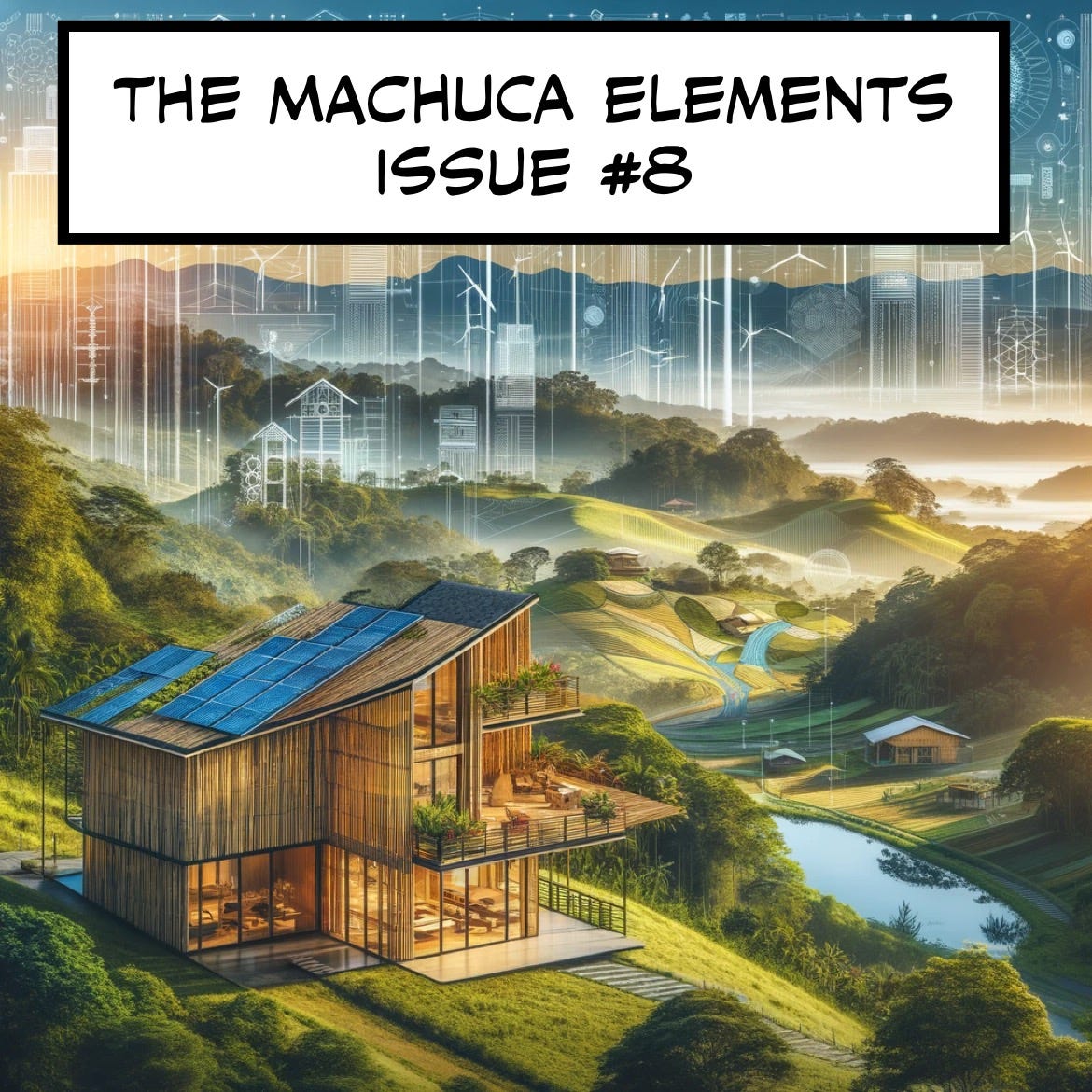
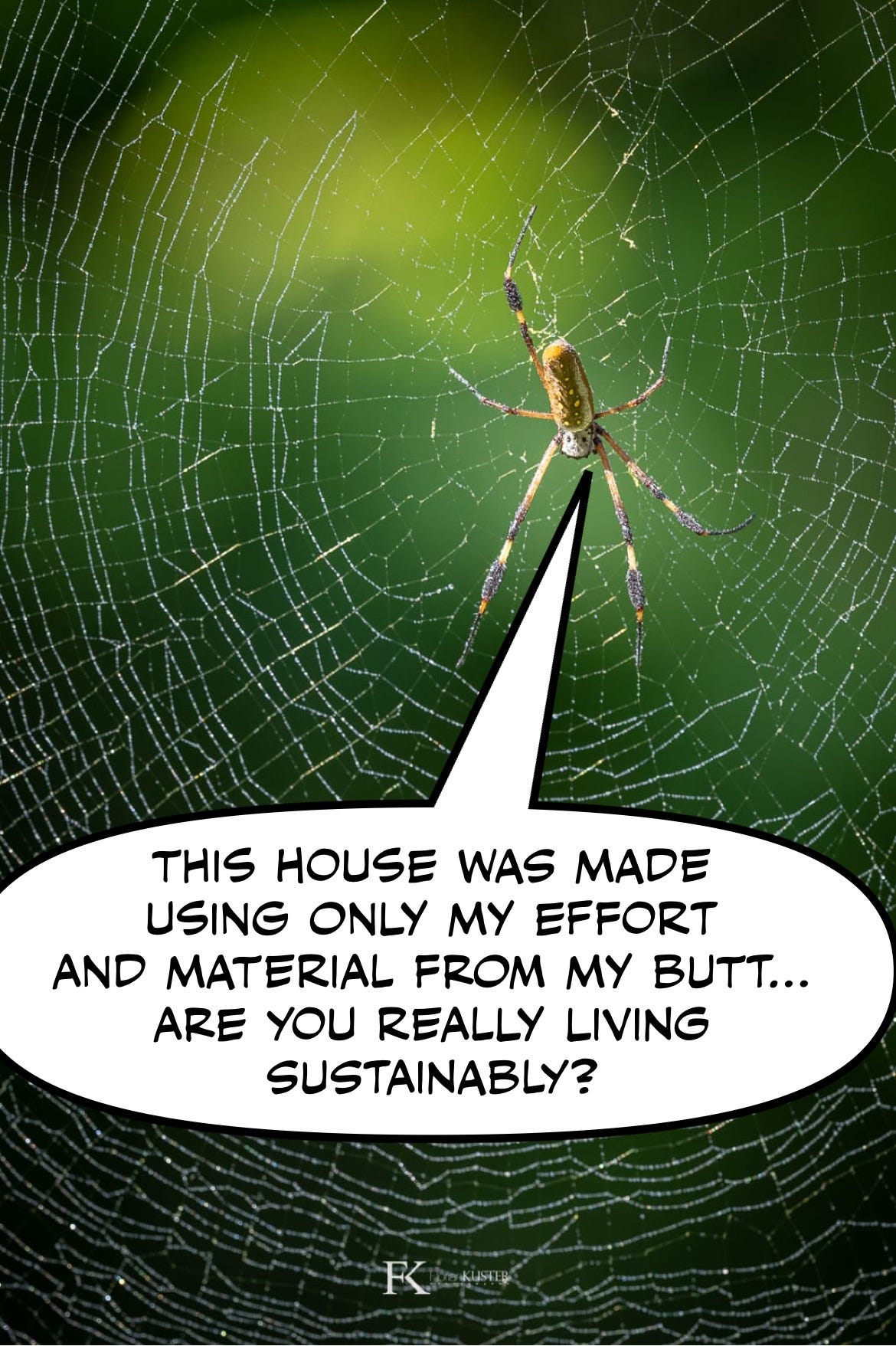
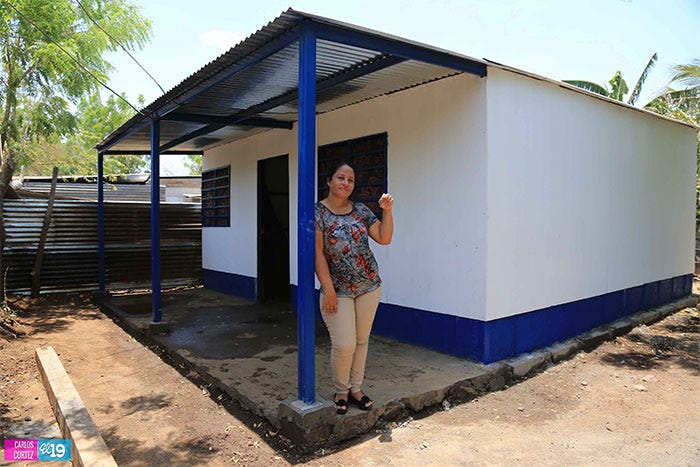
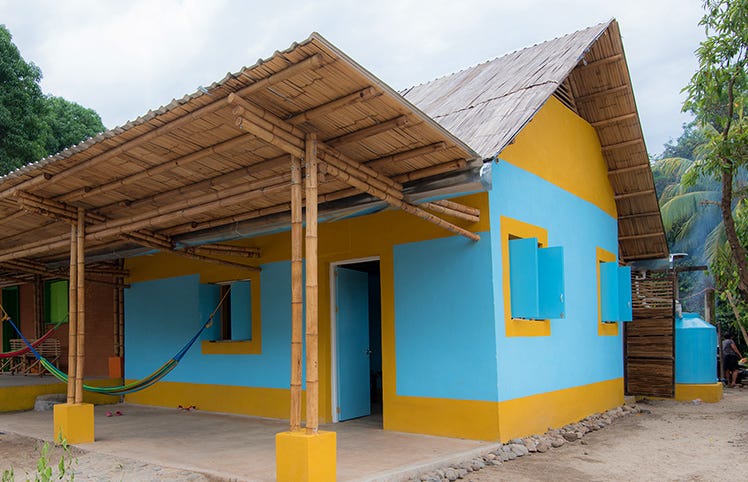
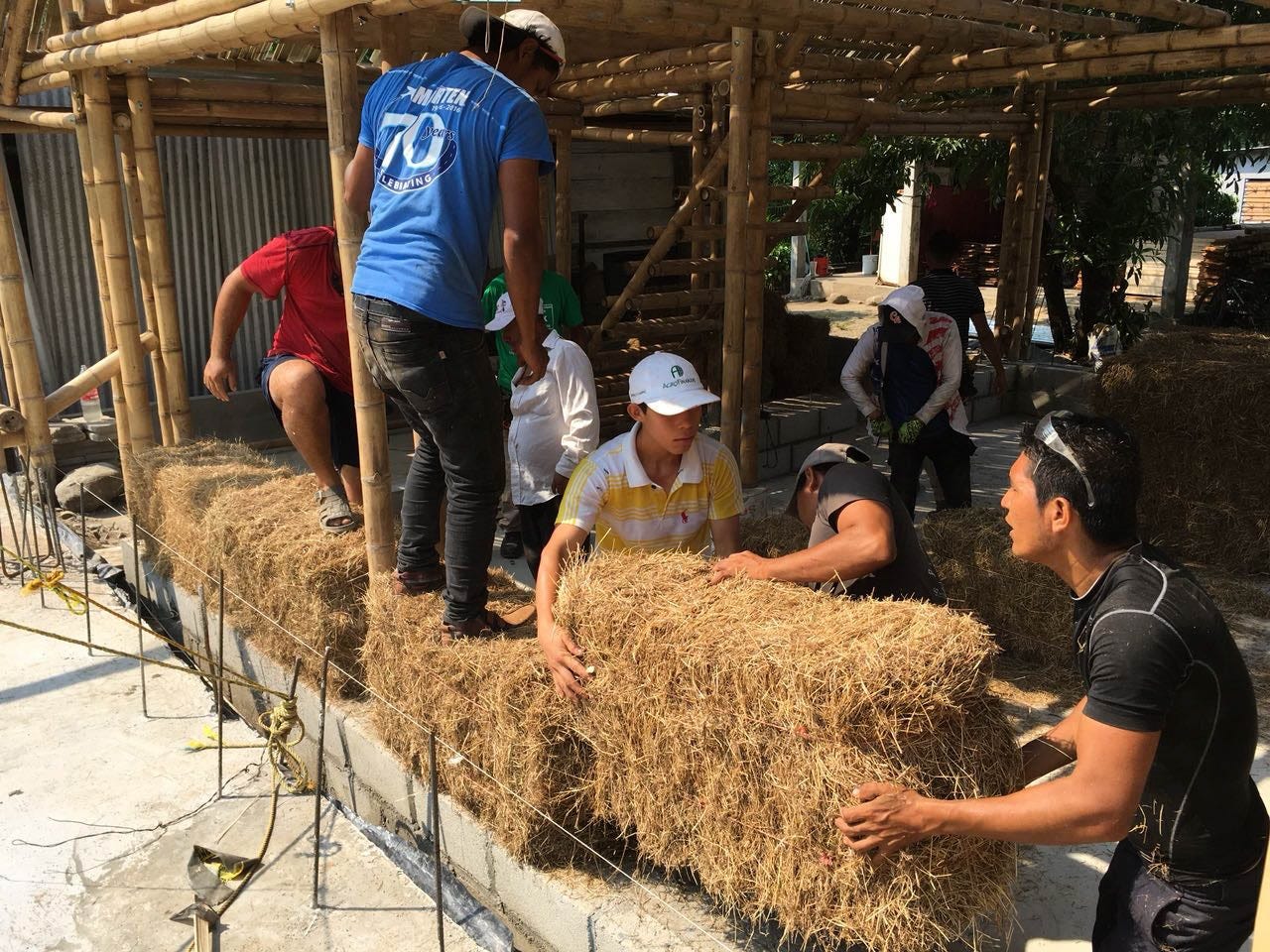

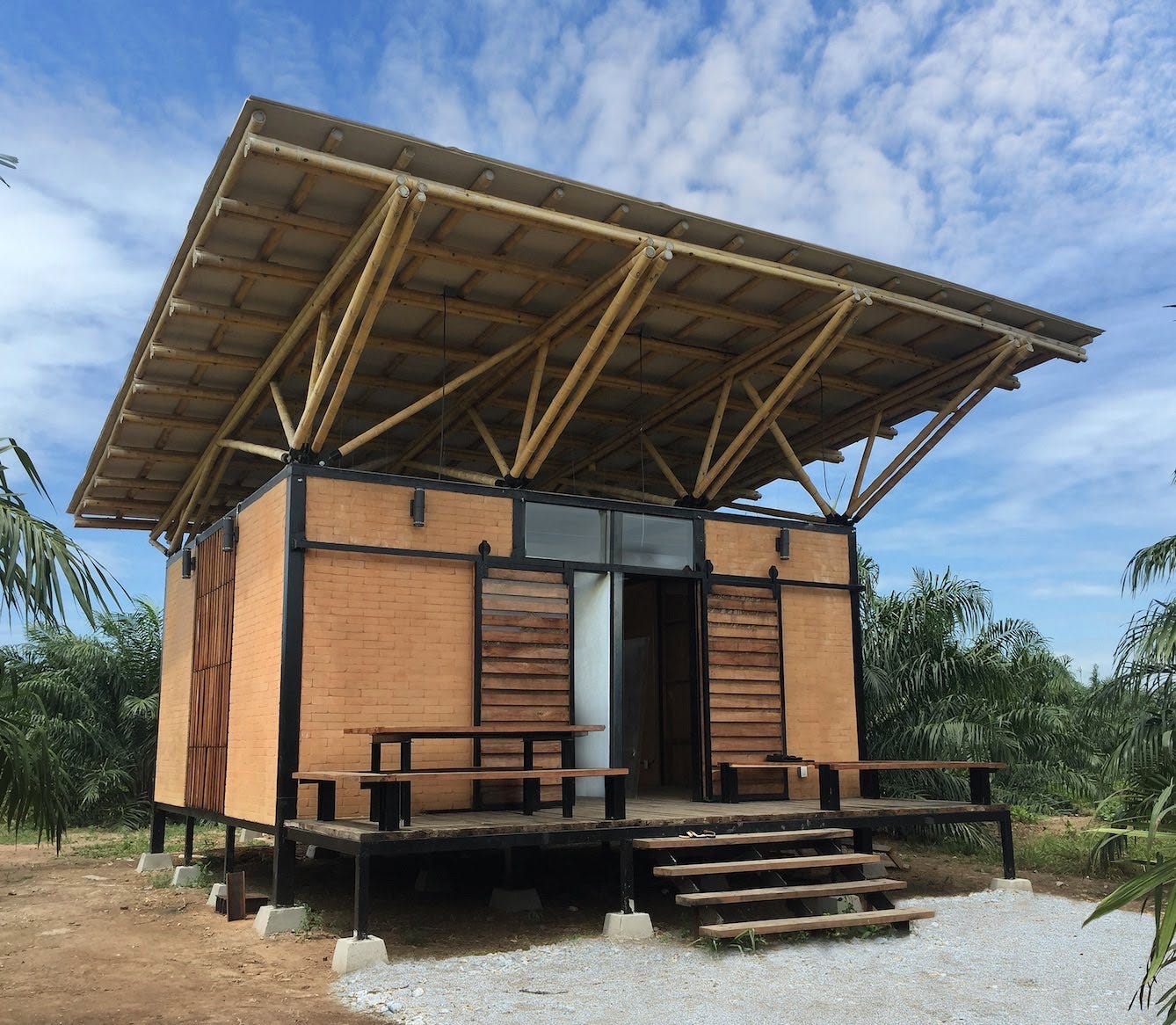
Why do I want a house/project in Costa Rica?
To:provide a place for my amazing healer and creative friends to land and live as my neighbors.
In a way that: gives vitality and abundance to us all.
So that: the Machuca Valley becomes a top healing, lifestyle, and cultural destination in the world for regenerative living.